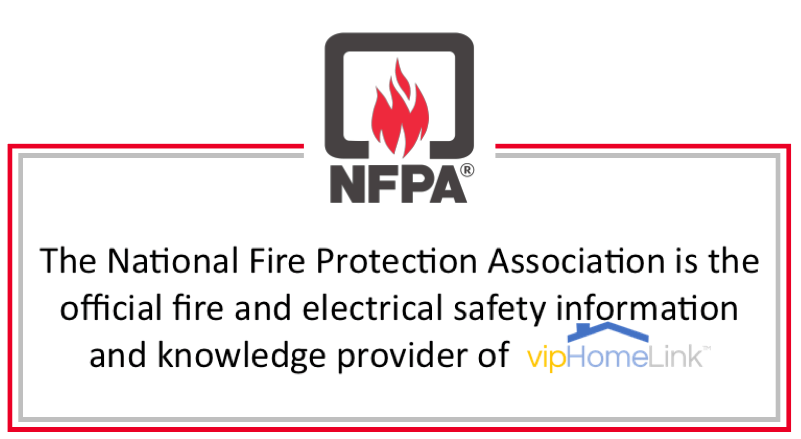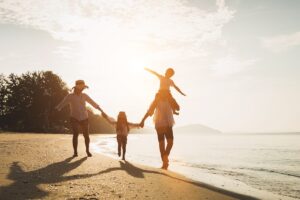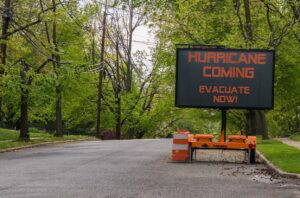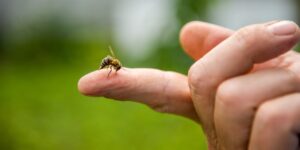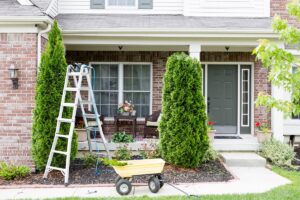Wildfires continue to threaten many U.S. communities. At the very end of 2021, more than 1,000 homes were destroyed in Boulder County, Colorado, totaling more than $1 billion in damage. In just the first few months of 2022, there have been wildfires in 13 other states, including places you may not associate with wildfires.
While you can lower your home’s risk of wildfire damage, wildfires are a community risk. What one homeowner does or doesn’t do can affect the entire neighborhood.
That’s why we reached out to Michele Steinberg, wildfire division director for the National Fire Protection Association (NFPA). Michele recently stopped by the vipHome Podcast to share tips on how to reduce wildfire risks in your community.
Wildfires can happen (almost) anywhere
Wildfires are natural hazards that can occur throughout the United States.
“We have wildfires that can affect our communities in places like Florida, New Jersey, Texas, even Hawaii and Alaska,” says Michele. “It isn’t only a California problem or a Western States’ problem.”
Wildfire ignition is part of the natural environment, and many ecosystems throughout the United States depend upon fire.
“The plants and the animals have evolved along with fire in those areas, so we know that fire is a natural occurrence that’s going to keep happening on our landscapes.”
Unfortunately, communities have been built in areas where natural fires ignite regularly, so it’s beneficial for Americans to learn how to live with this natural phenomenon.
Get wise about wildfires
Celebrating its 20th anniversary, the NFPA’s Firewise USA® program provides tips and tools to help homeowners prepare their home and their communities for a wildfire.
“We’re finding the work you do around your home – while it’s important – your neighbors need to do it, too,” says Michele.

If a home ignites, it can become fuel for a fire that can easily spread to other homes. It’s important to provide the least amount of fuel for fires in parklets, common areas, roadways, and in between homes – to prevent fires from spreading and to help everyone evacuate safely if need be.
“We need a community approach to make sure that everybody’s home is prepared,” says Michele.
Firewise USA® is a recognition program and was designed to encourage small communities to educate homeowners and help prevent wildfire damage.
“It’s a way that members of the community can start to make those practices a normal part of everyday life,” says Michele.
These communities take steps to reduce their risk of wildfire damage, such as clearing brush, debris, and other items that are flammable around homes or roadways.
“They get together and help neighbors who can’t do the work themselves,” says Michele. “These are really great efforts that the Firewise USA® sites do all the time.”
How to become a Firewise USA® site
Any community that meets the criteria can become a Firewise USA® site. Check out the website and read below to learn more about the requirements for becoming a Firewise USA® community!
Action steps to take a community approach

The first step is for the community to form a board or committee. (A community can be as few as eight dwellings or as many as 2,500.)
The board then contacts the state liaison, who is appointed by the state forestry or fire agency. With the help of the state liaison or a local wildfire expert, the community will complete a wildfire risk assessment, which will answer the following:
- What are the risks in our community regarding wildfire ignition?
- In what condition are our homes?
- What would a wildfire look like when it comes to the community?
- Are there other risks we should be aware of?
- What are the action steps our community should take?
The committee or board will create an action plan from the assessment. NFPA suggests communities create a three-year plan, so not every item needs to be completed in the first year. The site must invest the equivalent of one volunteer hour per dwelling unit in wildfire risk reduction actions each year.

“It might be that many homes are in poor condition in terms of weeds or brush,” says Michele. “That combustible material will need to be cleared out.”
Once a community has completed the necessary steps, they can submit an application on the Firewise USA® site portal. NFPA will get validation from their state forestry partners that the community has completed the necessary steps, and then the community will get the recognition of being a Firewise USA® site.
Rewards for recognition
NFPA provides signage and a plaque to the community, which are usually placed around its borders. The community will also be included in the NFPA database and the Firewise USA® interactive map.
“The encouragement is that to stay in good standing, you have to do activities every year,” says Michele. “You have to let us know every year what you’re doing and follow your plan over the years.”
Celebrate Wildfire Community Preparedness Day!

The Firewise USA® program is one way to bring your community together to protect homes from wildfires. Another way is Wildfire Community Preparedness Day, or “Prep Day,” which NFPA celebrates during the first week of May.
Get proactive about wildfire safety
“This is a rallying point for communities to learn what they can do to be safer from fire,” says Michele. “It’s also a really great opportunity for people to take that first step into wildfire safety and preparedness.”
On this day, the NFPA provides wildfire safety tips and encourages homeowners to make improvements around their homes.
“Just within five feet of a home, homeowners can make a lot of difference,” says Michele. “That’s where embers will flow, pile up, and drop as the wind blows around these big fires.”
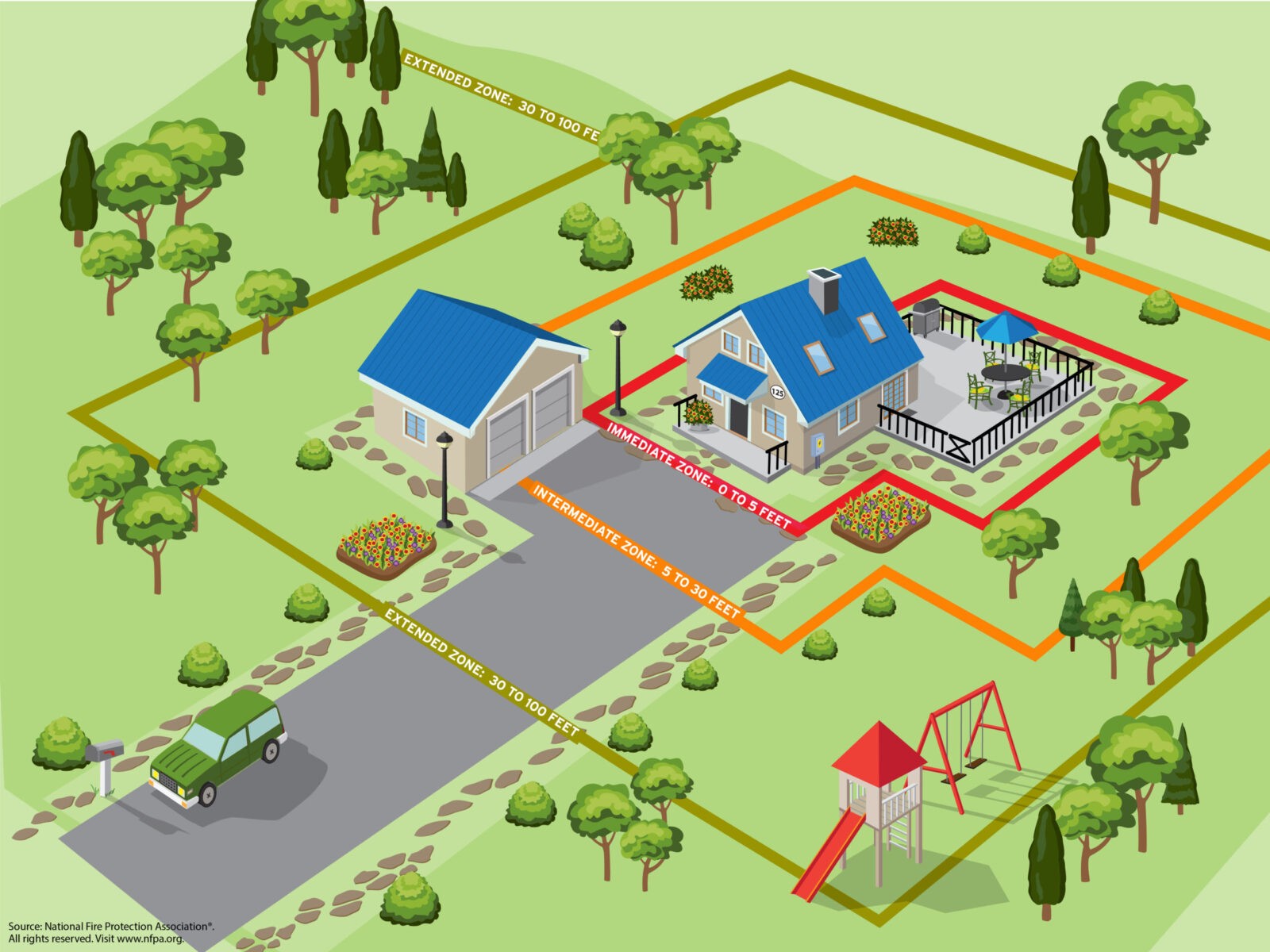
Get to know your neighbors
This is also a great day to focus on helping neighbors who may struggle with completing certain proactive tasks.
“We see loads of folks helping people who are elderly, people who have disabilities or for whatever reason can’t tackle these projects on their own,” says Michele. “It’s lovely to see neighborhood and scout groups get together and do these activities on this day.”
In conjunction with State Farm, NFPA provides small grants to support activities aimed at reducing the potential loss of life, property, and natural resources to wildfire.
Explains Michele, “It’s so important because we don’t want people to think, ‘Well, I don’t have to do anything because the fire department will come and save me, or I have insurance, or the federal government will give me disaster aid.’ None of those things are a sure bet. You have the power to make a difference in your community, and we’ve got the tools to help you start doing that.”
Join the activities by posting to social media on Wildfire Community Preparedness Day. Use #WildfirePrepDay and start your community’s process to become a Firewise USA® site now!
